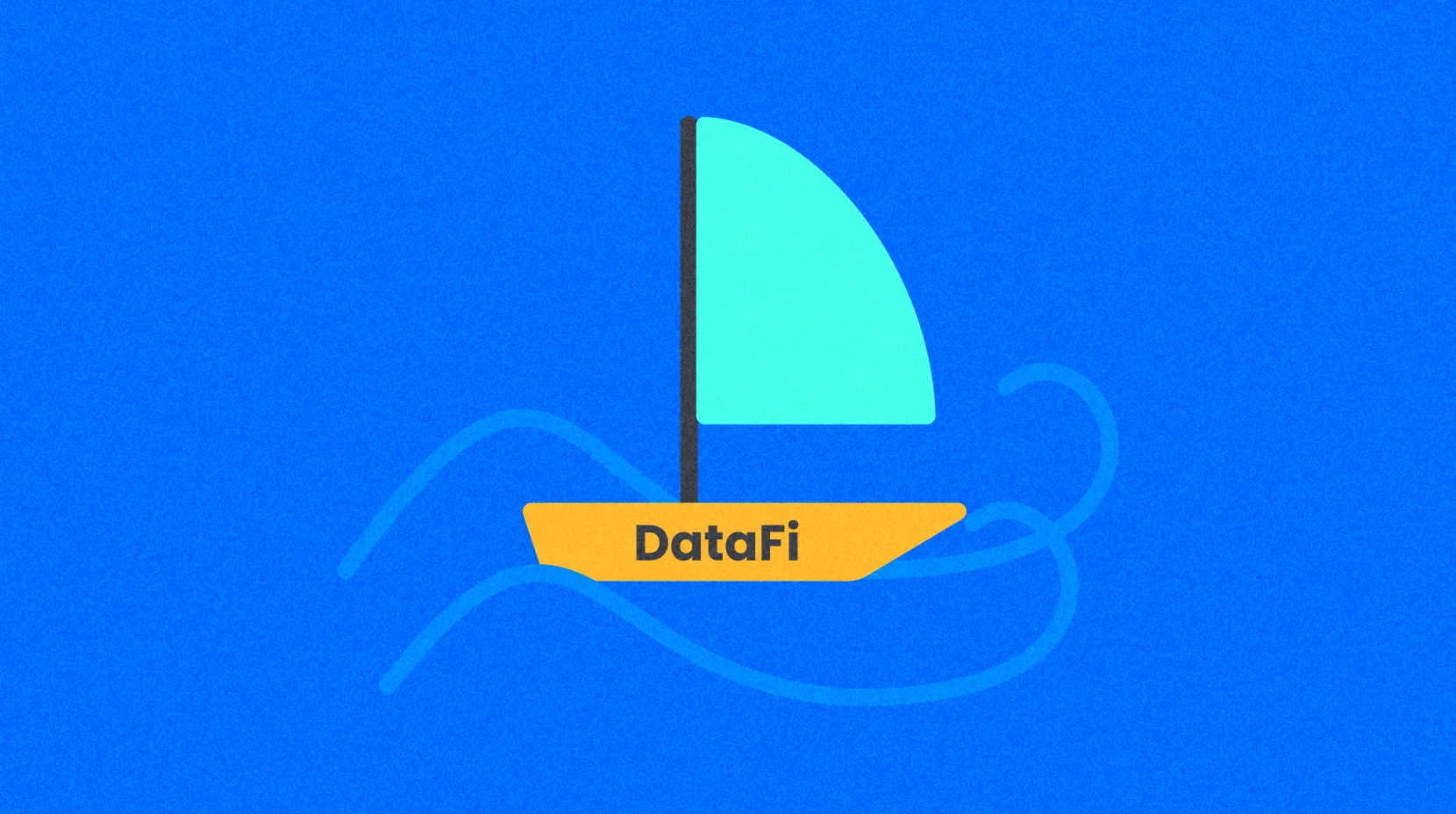Search result of IRYS

Beginner
What is Irys (IRYS)?
Irys is a Programmable Datachain rebuilt from the ground up, combining storage and computation in a single environment. Smart contracts can directly access and modify permanent on-chain data without relying on external IPFS or centralized servers.
11/24/2025, 3:41:26 AM

Advanced
The Data Wars: Sui-Powered Walrus vs. Full-Stack Irys
This article provides a comprehensive and in-depth comparative analysis of two blockchain storage projects, Irys and Walrus, covering multiple dimensions such as technical architecture, economic model, data persistence, programmability, storage duration, and network maturity.
6/26/2025, 10:26:09 AM

Beginner
Arweave: Capturing Market Opportunity with AO Computer
Decentralised storage, exemplified by peer-to-peer networks, creates a global, trustless, and immutable hard drive. Arweave, a leader in this space, offers cost-efficient solutions ensuring permanence, immutability, and censorship resistance, essential for the growing needs of NFTs and dApps.
6/8/2024, 2:46:17 PM

Intermediate
Arweave: Pay Once, Store Data Forever
Arweave, a tool for permanently storing data, operates by distributing information across a network of computers called nodes or miners. These nodes earn money by providing long-term storage of existing data and storing new data as requested by customers. Its pay-once, store-forever model addresses traditional storage systems' issues of data loss and high costs, offering users a reliable and long-term data storage solution.
6/2/2024, 3:12:45 PM

Intermediate
Data as an Asset: DataFi Is Creating Unprecedented Opportunities
As AI moves toward widespread adoption, DataFi is quickly becoming the next major opportunity at the convergence of Web3 and AI. This comprehensive analysis details how data is transforming into a core asset and investigates the innovative strategies and user engagement models adopted by projects such as Sahara, Vana, and Yupp. It also demonstrates how DataFi uses smart contracts and token-based incentives to harness global human capital. In doing so, it is redefining the dynamics of the AI data marketplace.
7/25/2025, 11:25:51 AM

Intermediate
AO Launch: Three Factors Behind the Quiet Start
This article examines the mainnet launch of AO, a new project in the Arweave ecosystem. Despite its connection to trending AI technology, the launch generated minimal market interest. Three main factors contribute to this lukewarm reception: the limited airdrop size (AR holders received just 0.016 AO tokens on average), modest network activity levels despite some growth, and the ecosystem's early developmental stage—with TVL at $315 million, lower than during its testnet phase. The article suggests that AO's future hinges on its ability to convert its technical vision into real-world applications.
2/19/2025, 1:42:09 AM
Your Gateway to Crypto World, Subscribe to Gate for A New Perspective
